There is always a bittersweet feeling when you wrap up a project. You’re proud that you completed the project and hopefully worth the effort you took to complete it from beginning to end. But you’re also sad because you cannot keep working on the subject. While this one, compared to some of my two recently history projects, was far smaller. The Anglo-American War of 1812 and Canadian Confederation were exhaustive topics filled with all sorts of twists and turned. The Welland Canal is far more straight forward, which is why I could complete the project in such a short amount of time. I guess learning from my past projects helped keep me in line. It also makes you wonder how different much of the local history would have been different if the Canal had not been built. While not a living thing, the Canal certainly acts like one. It has grown, changed, and adapted to the forward drive of history. It saw a rich and diverse community grow along its banks and created one of Ontario’s industrial zones. The feat of engineering that went into all four canals is rivalled by few in the world and makes the Canal part of the rich Canadian identity.
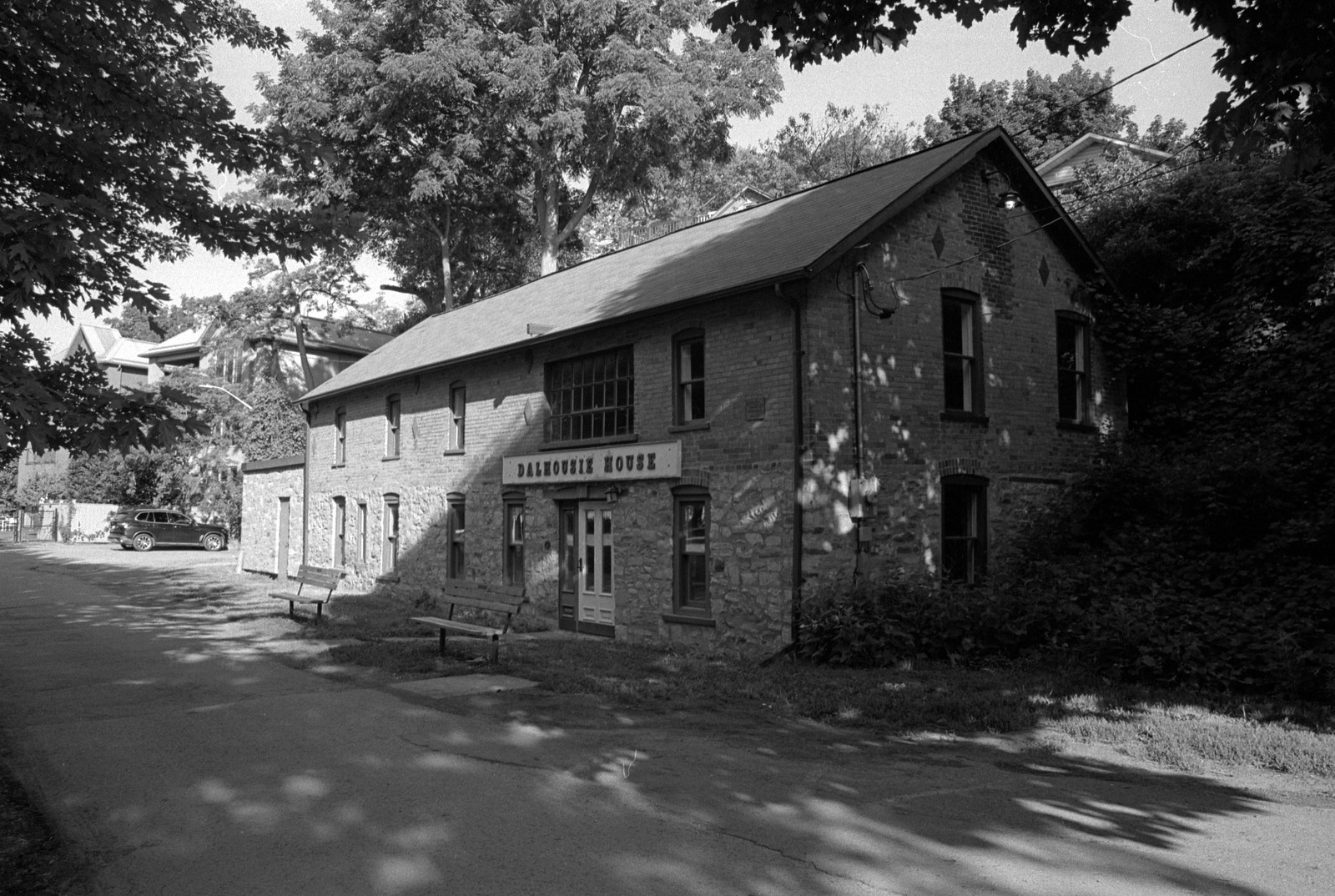
Minolta Maxxum 9 – Minolta Maxxum AF 28mm 1:2.8 – Kodak Tri-X 400 @ ASA-400 Kodak D-76 (1+1) 9:45 @ 20C
Minolta Maxxum 9 – Minolta Maxxum AF 28-135mm 1:4-4.5 – Kodak Tri-X 400 @ ASA-400 – Kodak D-76 (1+1) 9:45 @ 20C
Exploring the current and historic canals makes for a unique adventure in the Niagara region, and these days offers up a safe experience. The easiest Canal to explore today is the Fourth Canal, as it remains in operation and is accessible all by car. It also offers the shortest drive as it is a straight line along between Lake Ontario and Lake Erie. To see the Canal in full operation, you’ll need to visit during the navigation season which runs from late March to early December. Although I do recommend going between April and June to help avoid any additional tourist traffic heading towards more popular locations in the region. Head to Port Weller and Lock 1 first, in addition to having a park you can see both a lift bridge for road traffic and a drawbridge for rail traffic. From there head to Lock 3 and take in the Welland Canal Centre and the City of St. Catherine’s Museum. A viewing platform offers a great overhead view of the lock. The area is also home to the Canal workers memorial which is dedicated to the 137 who died in the construction of the Fourth Canal. And there’s a fun playground and informative park from Lock 3 head along to the Flight Locks which occupies the fourth through seventh locks. The city of Thorold has built a viewing platform at the top for Lock 7. From there you head to Port Colborne, you can choose either a lazy drive through the small communities along the deep cut or hit up the 406 for a quicker route into Welland. Check out Lock 8 where there is the best viewing platform as it offers a nearly unobstructed view. If the modern Canal isn’t your thing, the best option for the historical Canals is the Second Canal. Start at Port Dalhousie with a coffee from Balzac’s, from there it’s a quick walk over to Lock 1. Then hop in your car and go into downtown St. Catharines to Centennial Gardens and walk along the trail, be sure to watch out for Lock 6 from the First Canal along with the ruins of the Mill and Knifeworks. Next stop is the Mountain Lock Parks in historical Merritton. If you’re eagle-eyed, you can walk down into one of the Locks to admire them up close. Stop in downtown Thorold for the Battle of Beaverdams Park. From Thorold stop for lunch at the Bridge 12 pub in Port Robinson and take a short walk next door to see the old access Lock onto the Welland River. The Welland Dog Park also has such an access lock. Next stop is downtown Port Colborne to see the final lock on the Second Canal; if you’re there at the right time of year, there might even be locals diving the lock walls. If ghosts are your thing, you have to be a bit more careful, the Blue Ghost Tunnel, while accessible is on private property, time you visit right and security won’t catch you on the Seaway Haulage Road just on the other side of the 4th Canal in Merritton. Now if you’re like me and want a little bit of everything, I’ve made up a Google map that shows off lots of the Canal’s coolest features, you can check it out online (I’ve made it public). In addition to the Canal features, I’ve included memorials, photographic spots, places to eat, drink, get coffee, museums and plaques. Next summer, I plan on taking my wife on an adventure along this route! And for those who want something a little more guided, I recommend joining the Friends of the Welland Canals group and attending a Welland Canal Advocate Walk, Rene, the gentleman who organises them knows his stuff and is passionate about the Canals.
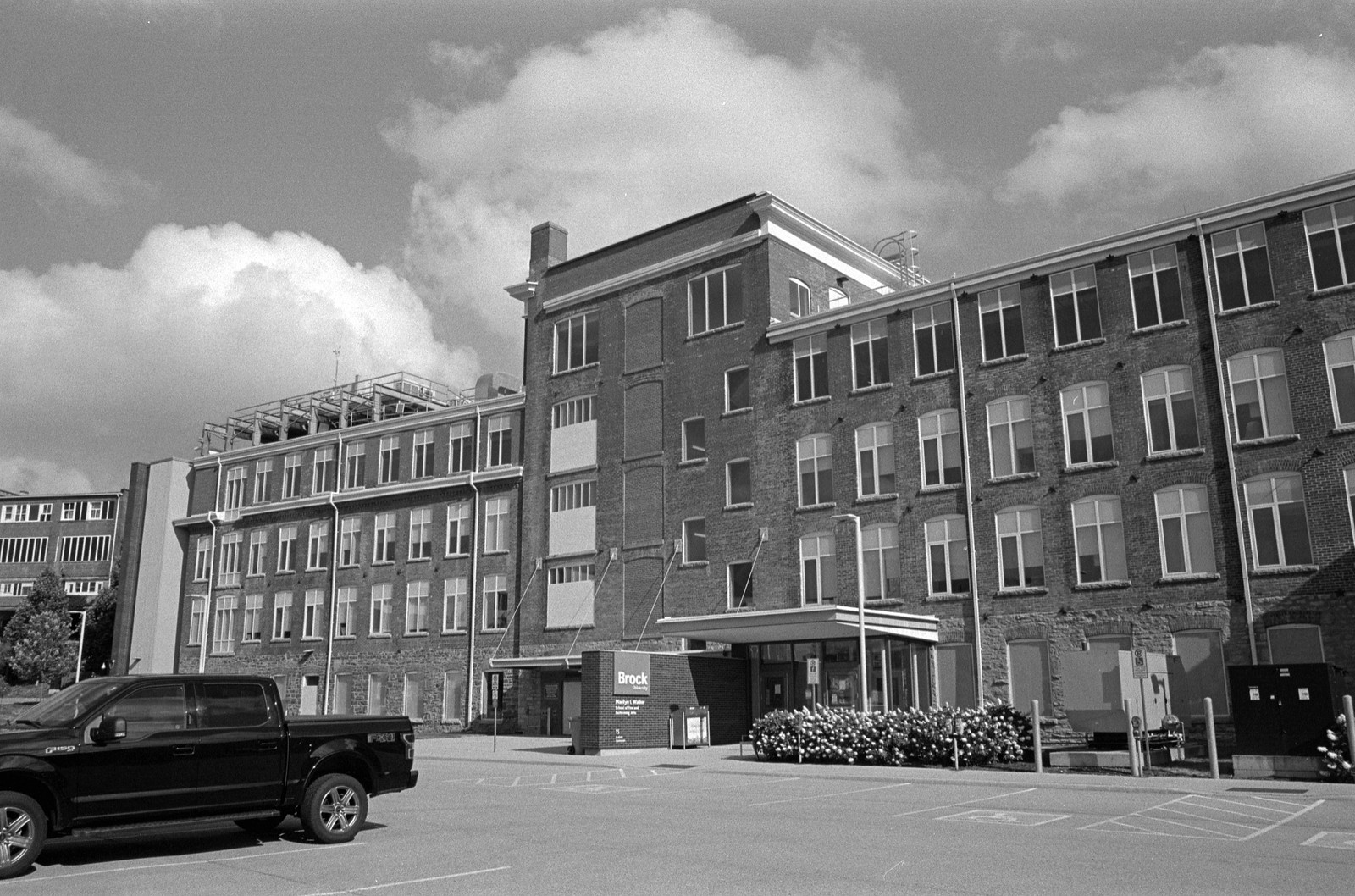
Minolta Maxxum 9 – Minolta Maxxum AF 28mm 1:2.8 – Kodak Tri-X 400 @ ASA-400 – Kodak D-76 (1+1) 9:45 @ 20C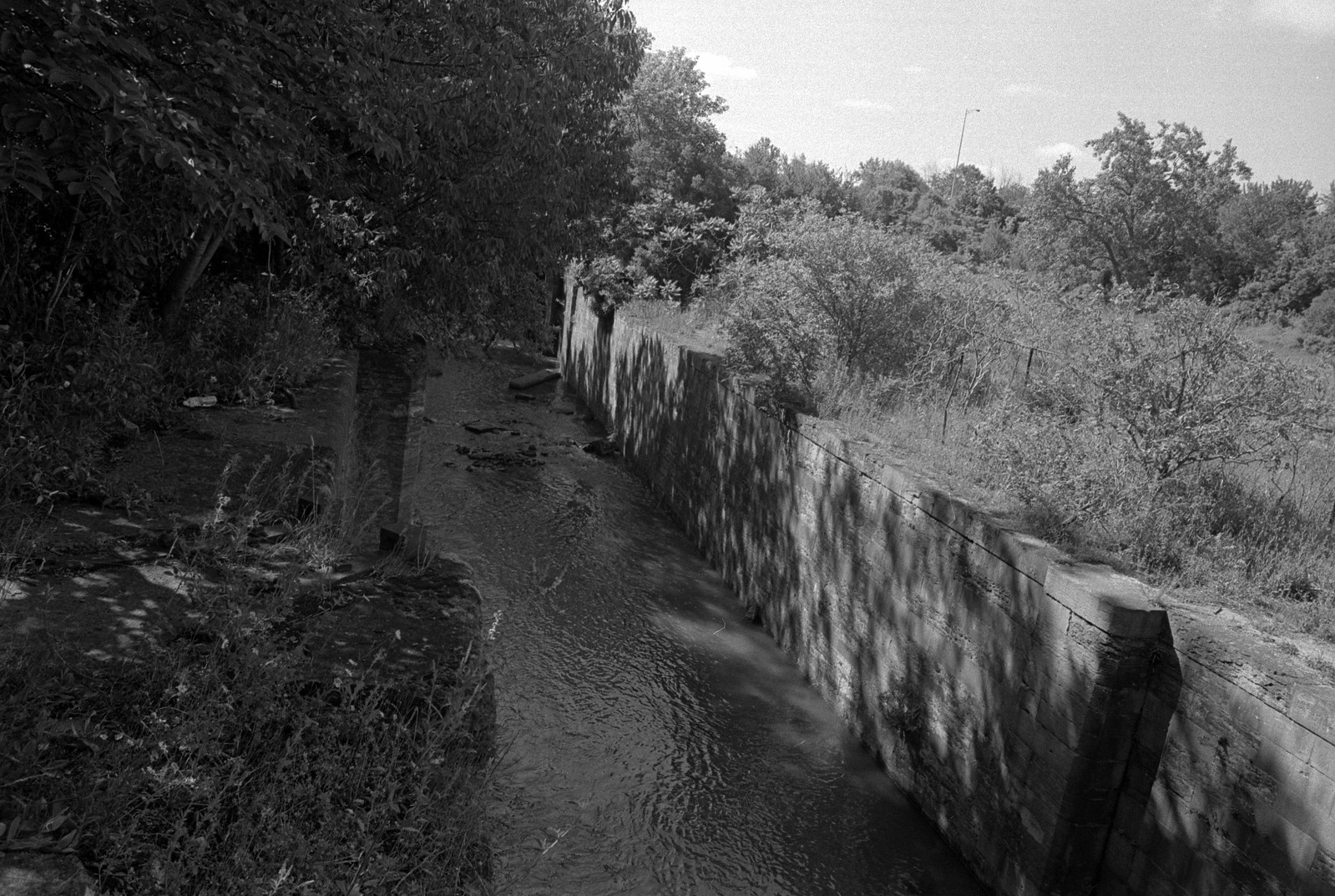
Minolta Maxxum 9 – Minolta Maxxum AF 28mm 1:2.8 – Kodak Tri-X 400 @ ASA-400 – Kodak D-76 (1+1) 9:45 @ 20C
If you missed the announcement in November about the book, it might be too late to get it in time for Christmas, but you can certainly get it from Blub still. Don’t expect an exact copy word-for-word from the blog entries. The blog offered a lot more freedom in being able to jump around, classify posts together and reuse images. A book isn’t the same way. In comparison, I could have done a direct copy/paste from the blog into the book that wouldn’t look as good. The book focuses on the Canal itself, with some details for the growth of the communities and industries. Now for the content, I did use my posts as a basis for the notes I took, the actual text will be different. A bit more formal but told in my favourite narrative story-telling format. Because history is a story, and I feel it should be said that way.

Minolta Maxxum 9 – Minolta Maxxum AF 28-135mm 1:4-4.5 – Kodak Tri-X 400 @ ASA-400 – Kodak D-76 (1+1) 9:45 @ 20C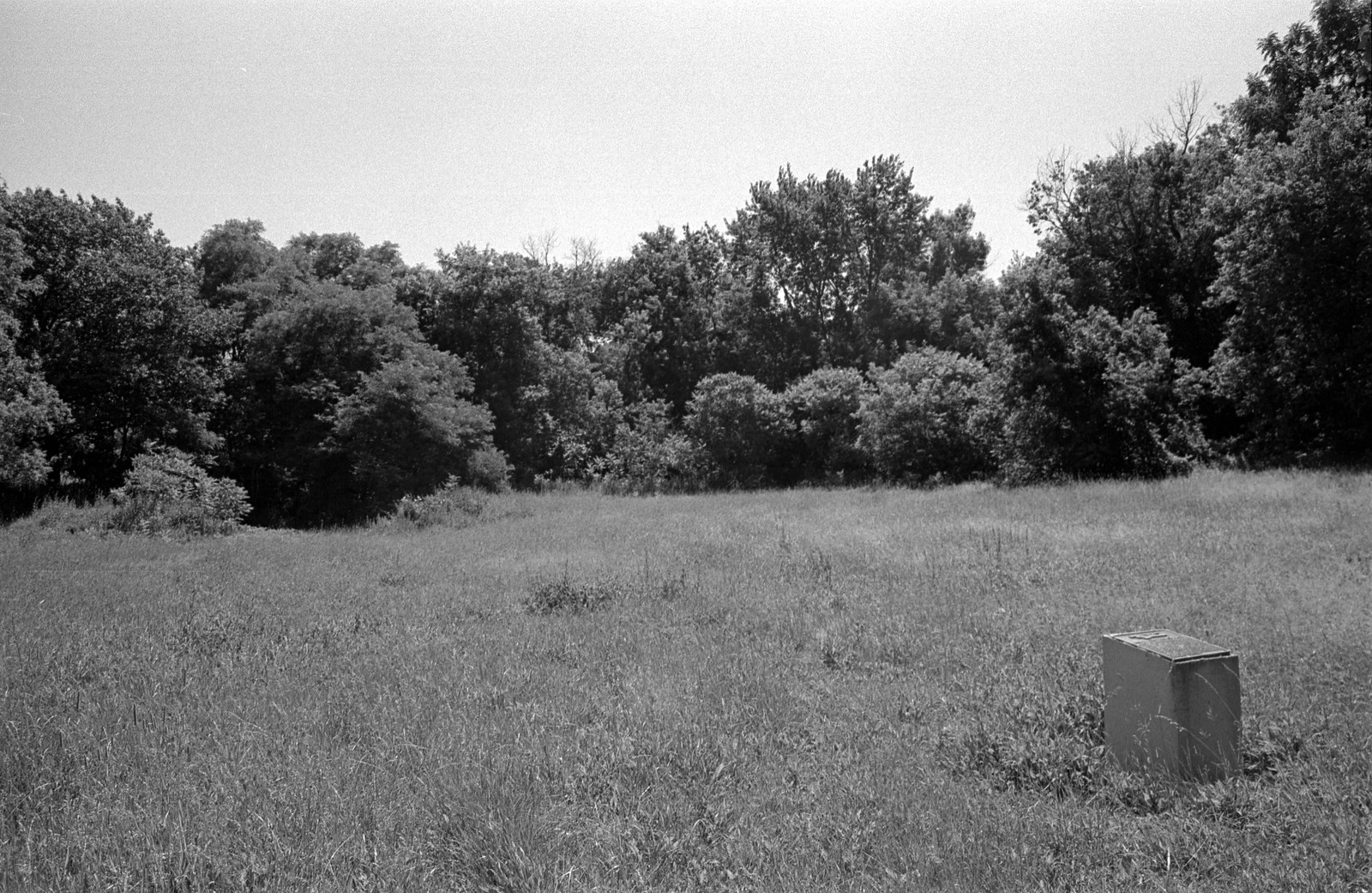
Minolta Maxxum 9 – Minolta Maxxum AF 28mm 1:2.8 – Kodak Tri-X 400 @ ASA-400 – Kodak D-76 (1+1) 9:45 @ 20C
I am rather pleased with how well this project came together. Given I did the whole thing during a time of plague, and I feel that because of all the restrictions that helped keep me focused. Unlike past projects that were spread out over a year (or more), this one I developed from idea to execution to final product in eight months. From the initial ideas being written down in April, finalising the shoot list and topics in May. It was getting the photos captured and drafting blog posts in June. Through June to September, I typed and wrote like mad all while still heading out for one more roll of photos and taking notes for the book. Then returning to pen and paper in September and October to piecing everything together for the book in October and November. It took a lot of planning and near the single-minded drive. I found that going about things in phases helped, read up, take notes, handwrite in groups of four blog entries. Then type them all before moving onto the next group. Once I had an excellent fifty-precent ready to go, regroup gather the needed notes for the book. And making sure that I didn’t start drafting the book until all the blog posts were ready to go. Like any project, there is one thing that I wish I had done differently; it would be the photos. I wish I had planned initially shooting four rolls of film and splitting it into the two Saturdays, two rolls on the first, two rolls on the second. Then dividing the Canal up to the sections below the Niagara Escarpment and those above. As for the film and camera, I probably would not have changed my mind on using Tri-X and the Maxxum 9, although I should have brought the 17-35mm lens at least for the inside of Lock 2 of the Third Canal. However, it would have been fun to shoot the whole thing on 4×5, far more difficult.

Minolta Maxxum 9 – Minolta Maxxum AF 35-70mm 1:4 – Kodak Tri-X 400 @ ASA-400 – Kodak D-76 (1+1) 9:45 @ 20C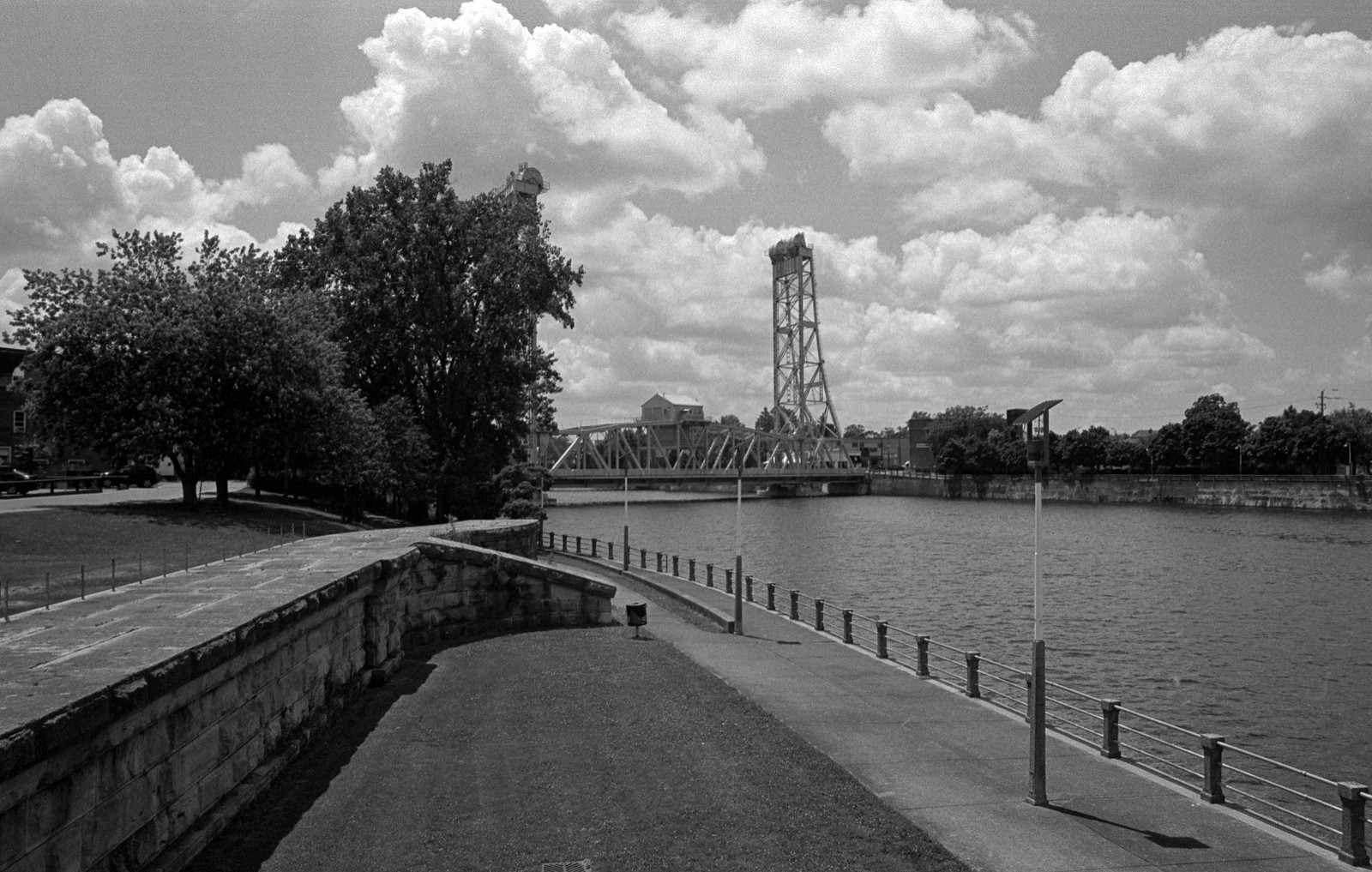
Minolta Maxxum 9 – Minolta Maxxum AF 28mm 1:2.8 – Kodak Tri-X 400 @ ASA-400 – Kodak D-76 (1+1) 9:45 @ 20C
Like any project, I could not have done this alone. I want to thank all the members of the Friends of the Welland Canal group for their continued support and enthusiastic reception each week I released a new post. It’s these sorts of people online that makes pushing forward. I also could not have done this without the continued support of Heather, my amazing wife. She never questioned my desire to keep going and heading out to collect that last roll of film. But also for reigning me in when I got a little crazy. Then all the locals I met on my travels who were happy to see someone from outside the area with the same passion for the Canal, its history, and willingness to share its story with anyone who will listen. And that I think wraps this up, and so we come to an end, but also the beginning. The history of the Welland Canal is still being written, and with the 200th Anniversary coming up in nine years, hopefully, we can all gather together once again and celebrate this Canadian icon. Until then, friends keep exploring.
Written With Files From
Jackson, John N. The Welland Canals and Their Communities: Engineering, Industrial, and Urban Transformation. University of Toronto Press, 1997.
Styran, Roberta M., and Robert R. Taylor. This Colossal Project: Building the Welland Ship Canal, 1913-1932. McGill-Queen’s University Press, 2016.
Styran, Roberta M., and Robert R. Taylor. This Great National Object: Building the Nineteenth-Century Welland Canals. McGill-Queen’s University Press, 2012.
Styran, Roberta McAfee, and Robert R. Taylor. Mr. Merritt’s Ditch: a Welland Canals Album. Boston Mills Press, 1992.
Jackson, John N., and Fred A. Addis. The Welland Canals: a Comprehensive Guide. Welland Canal Foundation, 1982.
Styran, Roberta M, et al. The Welland Canals: the Growth of Mr. Merritt’s Ditch. Boston Mills Press, 1988.